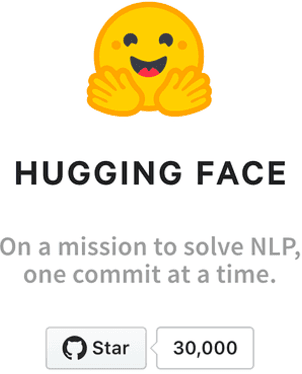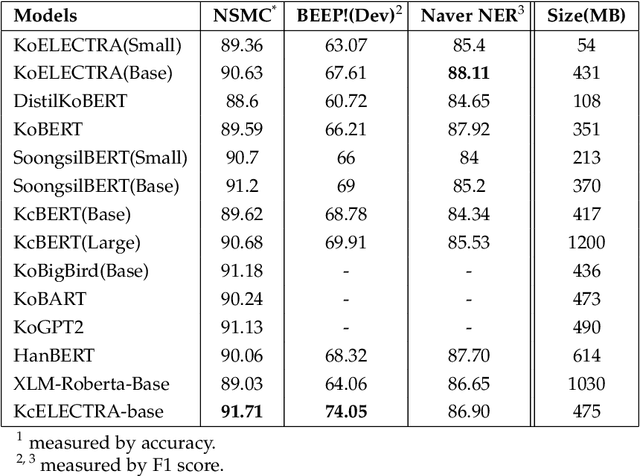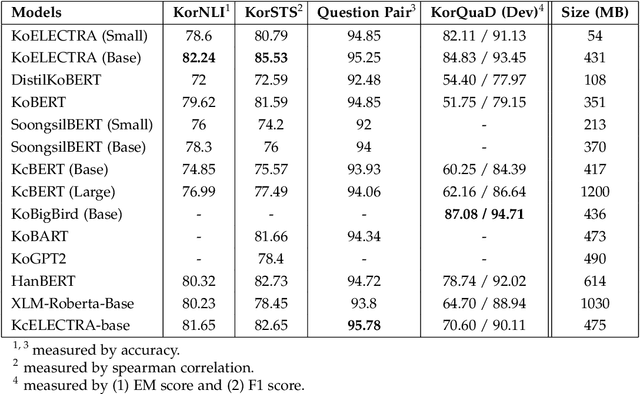Transformer-based Korean Pretrained Language Models: A Survey on Three Years of Progress
Paper and Code
Nov 25, 2021



With the advent of Transformer, which was used in translation models in 2017, attention-based architectures began to attract attention. Furthermore, after the emergence of BERT, which strengthened the NLU-specific encoder part, which is a part of the Transformer, and the GPT architecture, which strengthened the NLG-specific decoder part, various methodologies, data, and models for learning the Pretrained Language Model began to appear. Furthermore, in the past three years, various Pretrained Language Models specialized for Korean have appeared. In this paper, we intend to numerically and qualitatively compare and analyze various Korean PLMs released to the public.
 Add to Chrome
Add to Chrome Add to Firefox
Add to Firefox Add to Edge
Add to Edge